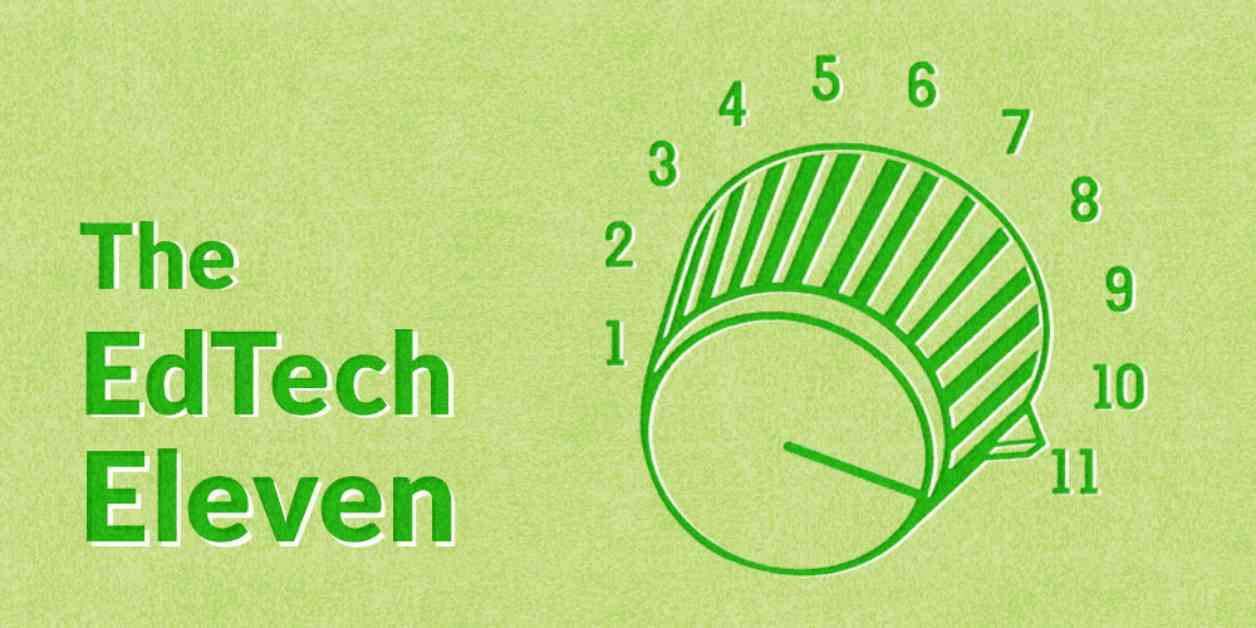Top 11 EdTech Tools for March: A Review
In the rapidly evolving world of educational technology, staying up-to-date with the latest tools can be a challenge for educators. That’s why Common Sense Education curates a monthly list known as the EdTech Eleven. This list highlights noteworthy tools that are generating buzz in the edtech community, providing teachers with valuable resources to enhance their teaching practices and equip students with the necessary skills to use technology safely and responsibly.
March 2017 Updates
As we delve into the latest edition of the EdTech Eleven, it’s important to note the changes in the lineup for March. Exiting the list are GoNoodle, Space by Tinybop, and TinyTap. On the other hand, new additions include Adobe Spark, Recap, and Smithsonian Earth.
Adobe Spark
The rise of apps that facilitate the creation of visually appealing designs for the web has been notable in recent years. Among these, Adobe Spark stands out for its versatility. By combining the functionalities of Adobe’s previous apps Slate, Post, and Voice, Spark offers students and teachers a plethora of options to craft visual presentations and stories with ease.
Bitmoji
Bitmoji, an app that allows users to create personalized emojis, has surged in popularity, becoming the second most popular free app on the Apple store. Acquired by Snap in 2016, Bitmoji has found its way onto the EdTech Eleven list due to its engagement potential for educators. Teachers have leveraged Bitmojis to connect with students and enhance their professional learning networks.
BreakoutEDU
One of the most intriguing and buzzworthy tools in the current edtech landscape is BreakoutEDU. This tool brings the immersive puzzle-room experience to classrooms through physical kits that can be purchased or a do-it-yourself guide for creating custom scenarios. The vibrant community of educators collaborating on new challenges has set BreakoutEDU apart as a unique and engaging resource for classrooms.
Checkology Virtual Classroom
Developed by the News Literacy Project, the checkology virtual classroom offers students a blended learning environment to hone their digital literacy skills. By engaging with real-world stories and examples, students can practice discerning fact from fiction in the media landscape. This tool has garnered attention for its potential to help teachers address the complexities of media literacy in today’s digital age.
Explain Everything
Explain Everything has long been a popular tool in the interactive whiteboard and lesson creation genre. With a recent overhaul in design and features, the app now offers a more intuitive and elegant user experience. Collaboration features have been enhanced, making Explain Everything a compelling choice for educators looking to engage students in interactive learning experiences.
Google Earth VR
Virtual reality has yet to reach its full potential in education, but Google Earth VR may be a game-changer in this regard. Providing an immersive and perspective-altering experience, Google Earth VR showcases the vast capabilities of the platform. While the cost of the HTC Vive platform may be a barrier for some classrooms, the educational value of Google Earth VR is undeniable.
Recap
As video consumption becomes increasingly prevalent among students, Recap offers a platform for recording video reflections in response to teacher prompts. This tool facilitates documentation and assessment of learning, enabling teachers to share student reflections with others for meaningful dialogue and connection-building.
Remind
A pioneer in the edtech space, Remind continues to innovate with the introduction of “Activities.” This feature allows parents to make payments for field trips, fundraisers, and other school-related activities directly through the app. By streamlining communication and transactions, Remind offers a valuable service to schools while generating revenue.
Seesaw
Seesaw has experienced rapid growth in popularity by addressing the need for students to share their work and progress with parents. The platform continues to evolve, adding new features that enhance its functionality as a portfolio tool for students. With each update, Seesaw solidifies its position as a preferred choice among educators.
Smithsonian Earth
For educators seeking a high-quality streaming video service focused on earth and life sciences, Smithsonian Earth presents a compelling option. With a subscription fee of $3.99 per month, educators gain access to a wealth of ultra HD documentaries, nature scenes, and series. This combination of affordability and content quality positions Smithsonian Earth as a valuable resource for science classrooms.
Toontastic 3D
The revamped version of Toontastic, now under Google’s banner, retains the beloved animation and storytelling features of its predecessor while introducing a new 3D look. The app’s user-friendly interface and creative tools make it a standout choice for students looking to create engaging animations and narratives.
In Conclusion
As the educational technology landscape continues to evolve, educators are presented with a wealth of innovative tools to enhance teaching and learning experiences. The EdTech Eleven serves as a valuable resource for educators seeking to explore trending tools and stay informed about the latest developments in the field of edtech. With a diverse range of tools catering to various educational needs, the March edition of the EdTech Eleven offers a glimpse into the exciting possibilities that technology holds for the future of education.
